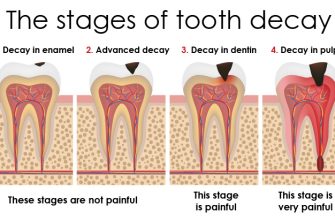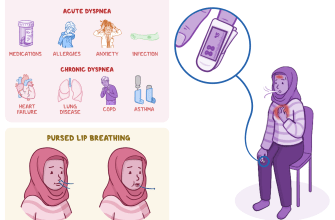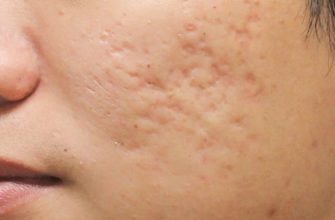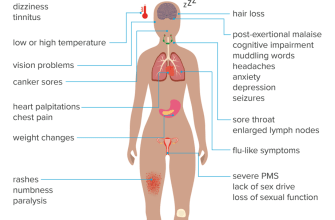Corneal scarring, also known as corneal opacity, is a condition that affects the cornea, the clear front surface of the eye. It occurs when the cornea becomes damaged or injured, leading to the formation of scar tissue. This can result in vision problems and discomfort for the individual affected. In this article, we will explore the symptoms and treatment options for corneal scarring, as well as discuss the causes, prevention, management, remedies, and surgical interventions available.
Symptoms of Corneal Scarring
The symptoms of corneal scarring can vary depending on the severity of the condition. Some common signs and symptoms include:
- Blurred or hazy vision
- Reduced visual acuity
- Sensitivity to light
- Eye redness and irritation
- Foreign body sensation
- Excessive tearing
If you experience any of these symptoms, it is important to consult an eye care professional for a proper diagnosis and treatment plan.
Treatment Options for Corneal Scarring
Non-Surgical Treatment
In mild cases of corneal scarring, non-surgical treatment options may be recommended. These can include:
- Prescription eyeglasses or contact lenses to improve vision
- Topical medications to reduce inflammation and promote healing
- Eye drops or ointments to lubricate the eyes and relieve discomfort
It is important to follow the prescribed treatment plan and attend regular follow-up appointments to monitor the progress of the condition.
Surgical Treatment
In more severe cases of corneal scarring, surgical intervention may be necessary. The most common surgical treatment option is a corneal transplant, also known as a keratoplasty. During this procedure, the damaged cornea is replaced with a healthy donor cornea.
Corneal transplant surgery has a high success rate and can significantly improve vision in individuals with corneal scarring. However, it is important to note that not all cases of corneal scarring are suitable for transplantation, and the decision to undergo surgery will depend on various factors, including the overall health of the eye and the individual’s specific circumstances.
Causes of Corneal Scarring
Corneal scarring can be caused by various factors, including:
- Eye injuries or trauma
- Infections, such as bacterial or viral keratitis
- Corneal ulcers
- Corneal dystrophies
- Previous eye surgeries
It is important to take precautions to prevent corneal injury and minimize the risk of developing corneal scarring.
Prevention and Management of Corneal Scarring
While not all cases of corneal scarring can be prevented, there are steps that can be taken to reduce the risk. These include:
- Protecting the eyes from injury by wearing appropriate eye protection during activities that pose a risk
- Practicing good hygiene to prevent eye infections
- Seeking prompt medical attention for any eye injuries or infections
- Following proper post-operative care instructions after eye surgery
If corneal scarring does occur, proper management is essential. This may involve regular monitoring of the condition, using prescribed medications, and following the advice of an eye care professional.
Home Remedies for Corneal Scarring
While home remedies cannot cure corneal scarring, they may help alleviate symptoms and promote healing. Some home remedies that may be beneficial include:
- Applying a warm compress to the eyes to reduce inflammation
- Using artificial tears or lubricating eye drops to relieve dryness and discomfort
- Avoiding activities that may further irritate the eyes, such as excessive screen time or exposure to smoke
It is important to note that home remedies should not replace professional medical advice, and it is always best to consult with an eye care professional for proper diagnosis and treatment.
In Conclusion
Corneal scarring can have a significant impact on vision and overall eye health. Recognizing the symptoms and seeking prompt medical attention is crucial for proper diagnosis and treatment. While non-surgical options may be suitable for mild cases, surgical intervention, such as a corneal transplant, may be necessary for more severe cases. Taking preventive measures and following proper management strategies can help minimize the risk of corneal scarring and promote optimal eye health.








